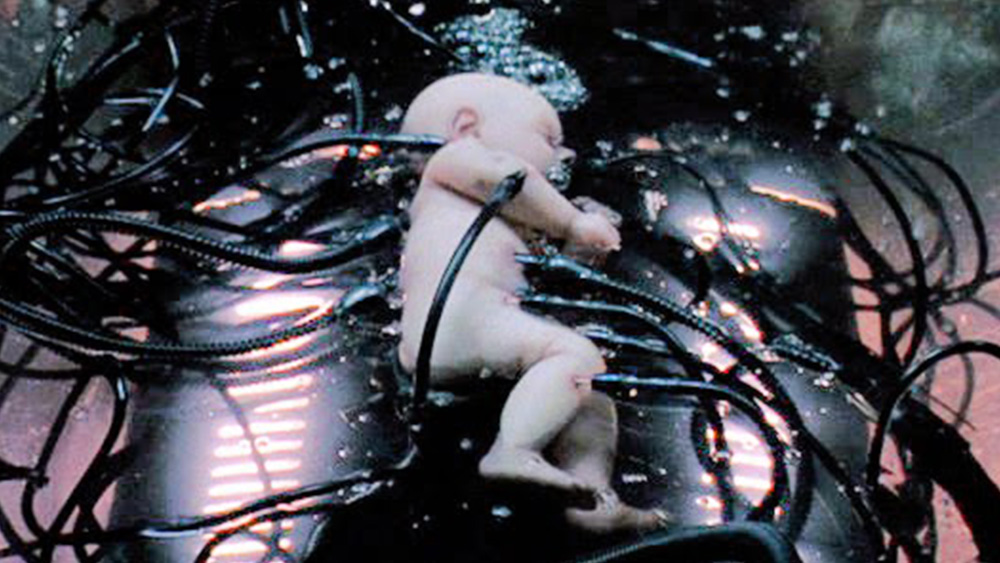Surgeons are developing a plan to transplant a human head as a treatment for spinal cord injuries
07/11/2018 / By Rhonda Johansson

“Our birth is but a sleep and a forgetting: The Soul that rises with us, our life’s Star, hath had elsewhere its setting.” – Wordsworth, Ode: Intimations of immortality from recollection of early childhood
Fantastical though it seems to be, two surgeons are attempting to redefine what can and should be done in the relatively new field of transplant surgery. Italian neurosurgeon Sergio Canavero and Chinese surgeon Xiaoping Ren plan on transplanting an actual human head to a live patient. This, down to the obvious neck bolts and need for electricity — is reminiscent of a Frankenstein-esque tale. However, beyond the actual mechanics of such a procedure, a much more philosophical question has been raised by the medical community: Should we even attempt it?
Canavero and Ren seem to be turning a deaf ear to the ethical and moral hurdles of a human head transplant, having recently performed a trial run on two cadavers. This prompted outrage among medical professionals, but independent scientists have said that modern technological advancements actually make human head transplant a very real and plausible procedure.
The man behind the claims
Canavero is used to being in the spotlight due to his sensational claims; the Italian has been talking about human head transplantation since 2015. At the time, Canavero said he would perform the surgery on a human volunteer, a young man diagnosed with a degenerative disease. The man eventually backed out, but this did not dissuade Canavero who still maintains that human head transplantation is “imminent.”
This may be why he joined with Ren to perform a series of experiments on various animals, including mice, rats, and a dog. Shockingly, all of them survived the surgery, with some even regaining some form of motor function.
These positive results have emboldened the two who say that they are currently looking at ways to perform a human head transplant on a live human volunteer.
All the same, Canavero’s claims of “successful” head transplants in animals prove to be anything but. The animals survived, but they never gained consciousness, or if they did, were severely paralyzed.
So what’s stopping them?
Barring the ethical issues, the major stumbling block is figuring out how to fuse the head with the spinal cord. Keeping a detached human head alive is currently possible, as it can be stored at very cold temperatures to prevent brain damage.
Canavero and Ren hypothesize that they can use an adhesive called polyethylene glycol to connect the head with the spinal cord. Their plan is to induce the volunteer into a coma for a month while they reattach the head to various airways and blood vessels. A whole lot of medicines will also be injected into the body to prevent the donor from rejecting the head — an inherent risk in all transplant procedures. (Related: Lung transplant recipient receives lungs of 30-year smoker, then quickly dies.)
The two surgeons do admit that their methodologies are controversial but insist that this is the next step in helping people with severe cases of neuromuscular degenerative diseases, such as multiple organ failure or end-stage cancer.
Invariably, this was met with much ill-disguised disgust from the medical community who say that Canavero’s claims are dangerous and immoral. They have also stated that while theoretically, a human head transplant is possible, its actual procedure is far from being perfect.
And even if it were, it should never even be attempted.
You can find more bizarre medical “advancements” like this at WeirdScienceNews.com.
Sources include:
Tagged Under: human head transplant, immoral science, neuromuscular degenerative diseases, organ transplants, surgeons, transplant surgery, unethical science, weird science













